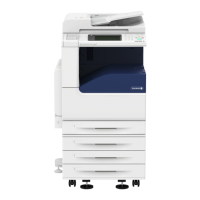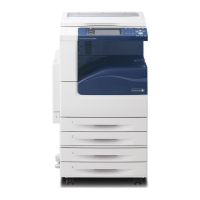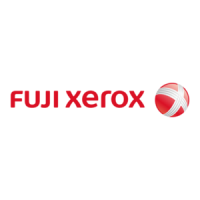Overview of Authentication and Accounting Feature
427
Authentication and Accounting Features
14
Login to Remote Accounts
Authentication is performed for a remote server. User information is not registered on the
machine.
Login to Remote Accounts uses the user information registered on a remote authentication
server (LDAP, Kerberos, or SMB server) to perform authentication.
z
When a user is authenticated by a remote authentication server, the authenticated user can access the
services through the control panel based on the permission information obtained from the remote server.
z
When you change Login Type to or from [Login to Remote Accounts], user information, private folders, and
Personal Sheets registered on the machine will be deleted.
z
When you register user information on a remote authentication server, use up to 32 singlebyte characters for
a user ID and up to 128 single-byte characters for a password. Note, however, that up to 32 single-byte
characters are allowed for an SMB authentication password.
z
The user information used for Login to Remote Accounts can be stored on the machine. For more
information, refer to "Save remote accounts in this machine" (P.320) and "Delete Remote Accounts" (P.320).
Authentication Methods
User ID Authentication
Authentication is performed using user information registered on the machine or a remote
server in advance. The users are required to enter their user IDs and passcodes with the
numeric keypad or the touch screen of the machine.
Smart Card Authentication
Authentication is performed using the card number or user information registered on the
smart card. Register such information on the machine or a remote server in advance and
use the smart card for authentication.
z
Authentication is performed using the smart card, IC Card Reader (optional), IC Card Gate (sold separately).
When you connect IC Card Gate to the machine, contact our customer support center. For information about
using IC Card Gate, refer to the manual for IC Card Gate.
z
For information about setting procedure of authentication with IC Card Reader, refer to "Configuration for IC
Card Reader (Optional)" (P.444).
z
User ID is registered on the smart card used with IC Card Gate in advance.
Combined Use of Smart Card Authentication and User ID Authentication
You can use smart card authentication in combination with user ID authentication.
However, when [Login Type] is set to [Login to Local Accounts], you need to enable user ID
authentication.
z
For information on how to enable user ID authentication, refer to "When Smart Card Reader is Connected" (P.319).

